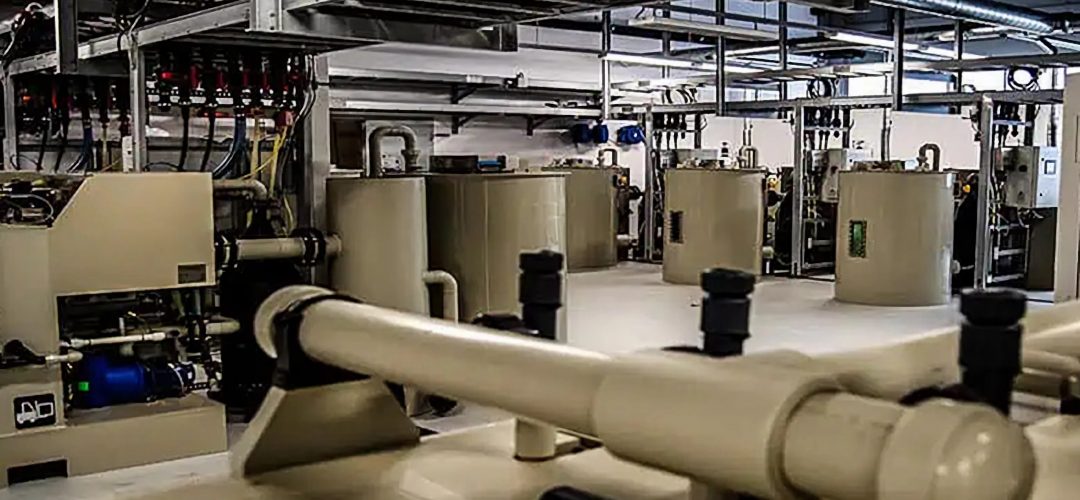This month-long experiment aimed to compare our technology with the industry-standard oxygen cones, using fully smoltified salmon weighing over 1 kg in full-strength seawater (33.4 ppt salinity). The test was carried out in a 2200-liter system featuring 850-liter circular tanks, with a fish density of 44 kg/m3. Prior to introducing the fish, we implemented a 17-day pre-acclimatization period using sodium bicarbonate and ammonium chloride to ensure optimal conditions.
Throughout the experiment, we observed notable differences between the nanobubble platform and the standard oxygen cone. Key findings included changes in the general biofilm formation and variations in fish welfare scores between the two treatments.
Dr. Melanie Andrews, Project Leader at Marineholmen RASLab, provided valuable insight: “While this pilot experiment was limited in scale, it revealed intriguing potential advantages of using nanobubbles in RAS. However, to draw definitive conclusions, we recommend conducting a more extensive study with a larger sample size.” These initial results are promising and suggest that nanobubble technology could offer significant benefits to the aquaculture industry. However, we recognize the need for further research to fully understand and quantify these advantages.
As we continue to advance sustainable solutions for aquaculture, we remain committed to rigorous testing and validation of our innovative technology platform.
Image: raslab.no


